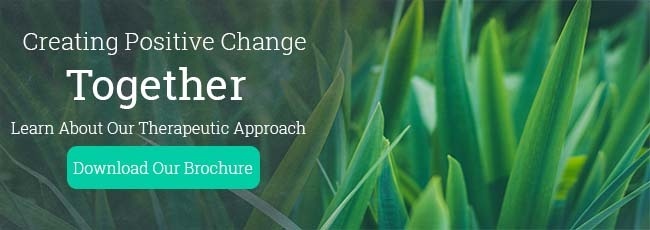I am a wilderness guy at heart and a person that finds opportunity for adventure at every moment possible. One of the best parts of my job includes the “classroom” training sessions that include icy cold days learning about snow science and moving through avalanche terrain, climbing rocks to understand all the intricacies involved in moving through the vertical world, and practicing wilderness medicine in the middle of the Rocky Mountains. Little did I know that as my adrenaline was pumping, my muscles were aching, and I was experientially gathering vital facts, figures and making calculations, that my brain was capturing images and building valuable pathways for learning and integration well beyond what was happening in that moment.
When I have looked at my mentors and trainers and wondered about the level of physical, mental and emotional rigor they put me through….I GET IT!! We as humans learn when our experiences are attached to emotion and engaging opportunities. And this is why we, as counseling professionals, owe it to our youth and families, to bring experiential process into the therapeutic work we do.
For me the question then became WHY? As I developed best practices and adventure programming for our clients, I wanted to understand not only how and why this learning process is so effective for me, but how it relates to brain development and the work I do with youth and families. Over the past several years, neuroscientists have explored and researched why we learn better through experience.
The control center of the body is the brain and it connects everything we think, feel and do each moment of every day. It was once believed that we were “stuck” with the brain we were born with and that we had little option for significant growth and change. However, along with the nature vs. nurture argument and with what research tells us, we have the ability to shape and train our brain in ways that make us intellectually, socially and emotionally smarter. In this training and learning process, evidence also shows us that experiential practices can not only speed up this process, but also increase its effectiveness for integration and application into new situations.
Here is a simplified explanation of how this process works and why experience and repetition are key elements.
- The brain is made up of cells called neurons.
- From neurons grow dendrites. Think of dendrites as bridges or passages.
- Through practice and experience, dendrites grow thicker and create more solid passages for brain signals. Through repetition and engaging our clients mentally, physically and emotionally this process happens more rapidly.
- Dendrites send signals across gaps called synapses. The first passage across this synapse is always the most difficult. Experience builds stronger dendrites. With stronger dendrites come stronger signals. Stronger signals cross synapses more easily.
- Emotions like anxiety, vulnerability, fear and anger flood synapses with a chemical that blocks signals from passing through effectively. This prevents new habits and skills from being developed and thus, old patterns are reinforced. Alternately, emotions like confidence, enjoyment, trust and safety flood the synapses with “helpful” chemicals that enhance signals passing through. This allows new habits and skills to begin to develop.
- Adventure and experiential programs can provide an environment of unknowns, stress and frustration. With thoughtful planning, structure, support, and risk management measures put in place and directed by skilled professionals, clients move through their emotional process on their journey to developing new effective skills, habits and responses for when they face challenges. As clients repeatedly practice these new ways of thinking and responding to stress in multiple situations or experiences (again with safety and support in place), solid dendrite pathways develop. With stronger dendrites come stronger signals passing through synapses. Over time, brain signals pass through synapses with very little effort. This allows clients to generalize their new effective skills, habits and responses learned in contained experiential learning environments back into everyday challenges and moments of adversity.
Here is a short video clip that provides a fantastic visual representation of building new neuropathways.
Approaching therapy and experiential/adventure based interventions with brain science should remain on the forefront of our minds as it is critical to the growth and development of our clients. Through adventure and experience, each client has greater opportunity to build confidence and new skills that are real and sustainable.
Any person could, if they were so inclined, be the sculptor of their own brain.”
― Santiago Ramón y Cajal










